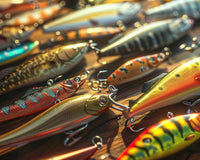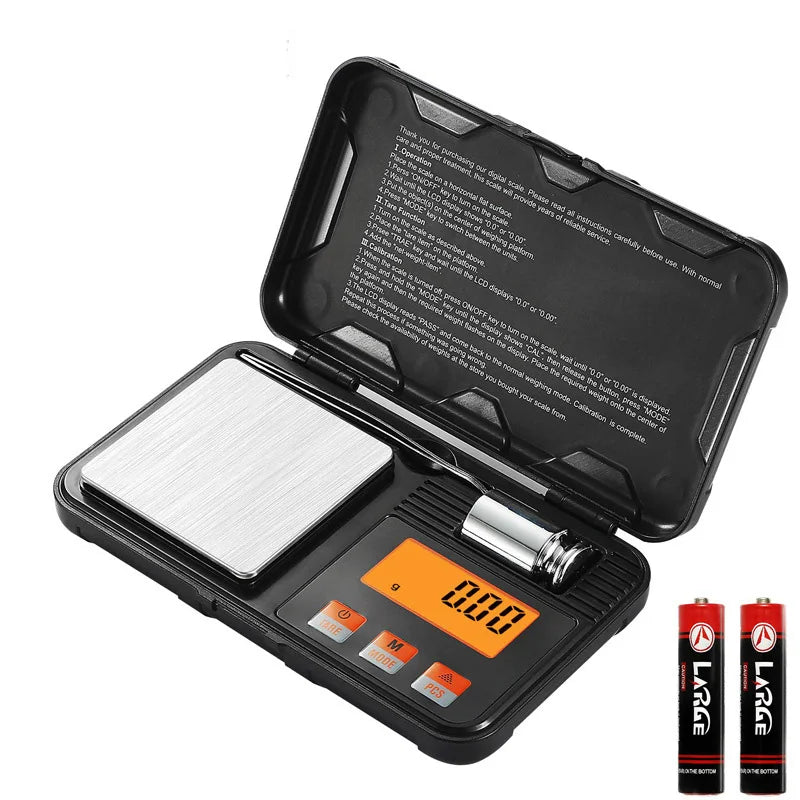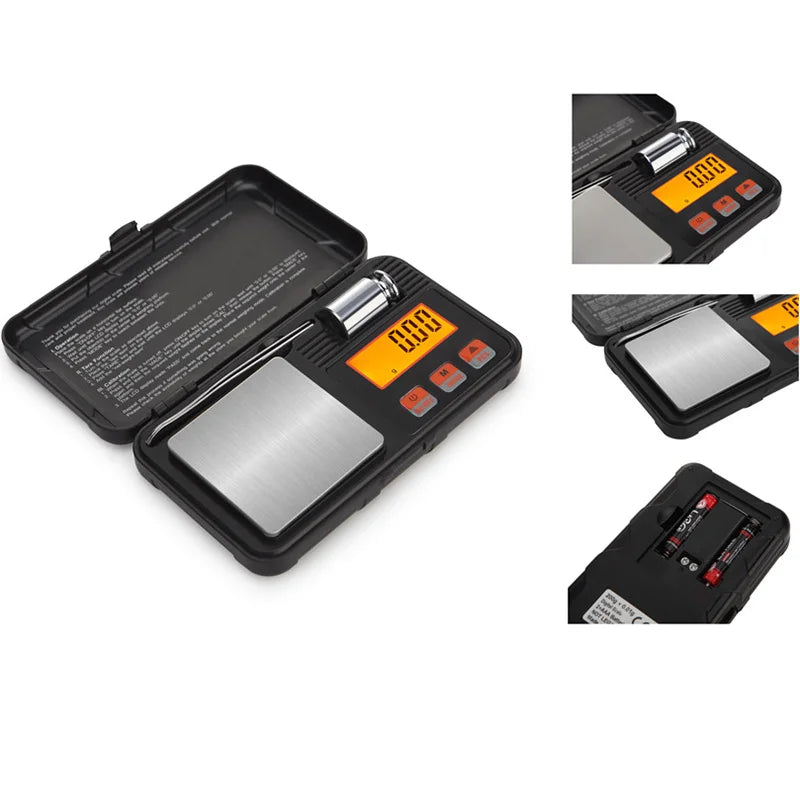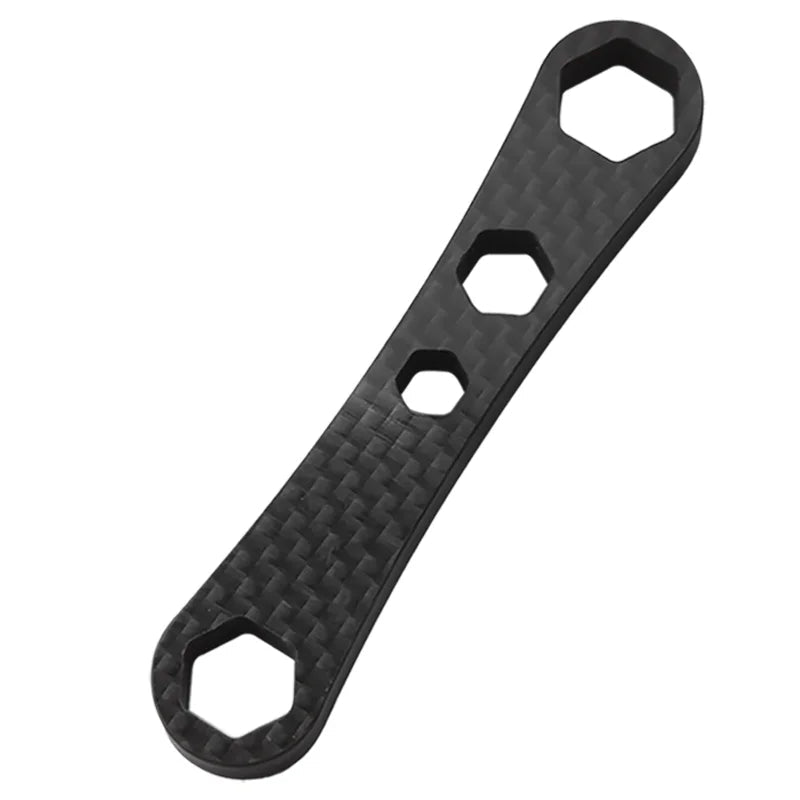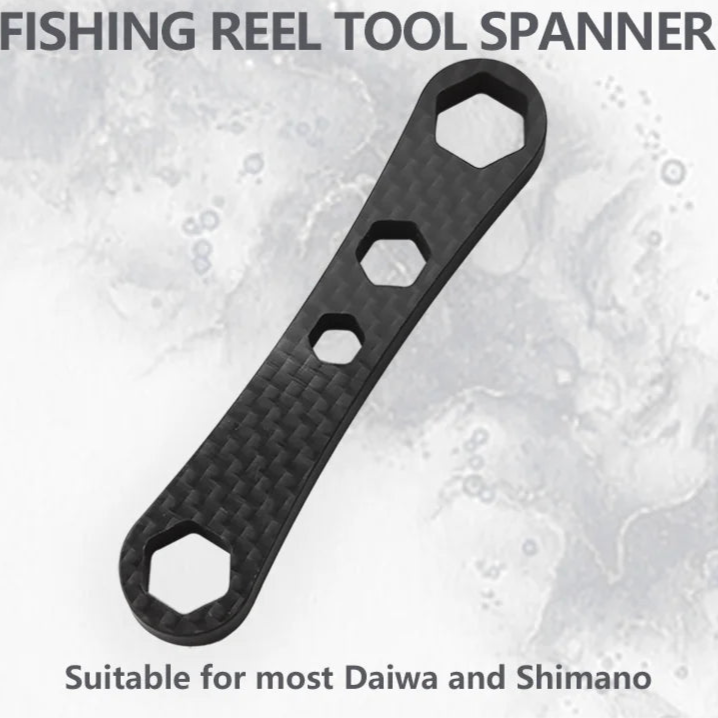Whether you're heading home after a long day, squeezing in a fitness ride at dusk, or cycling to a remote fishing spot before sunrise, night riding in New Zealand brings both opportunity and challenge. And while a good sense of balance will get you far, it’s visibility that truly keeps you safe.
Bike lights and night cycling go hand in hand when it comes to safety, performance, and peace of mind.
As more cyclists take to the road after dark—either by choice or necessity—it’s become essential to understand how to light your ride properly. From selecting the right beam strength to mounting your lights in the most effective spots, this guide will help you confidently tackle night-time cycling in any environment, from city streets to back-country trails.
Why Visibility Is Everything at Night
Cycling in the dark isn’t just about avoiding obstacles on the road. It’s about ensuring others can see you, clearly and early, in all directions. The less visible you are, the greater your risk—especially in areas where road lighting is limited or non-existent.
Even low-speed collisions or near-misses can be caused by poor visibility. By having bright, well-positioned lights on your bike (and even your gear), you dramatically reduce the chances of being overlooked by drivers, pedestrians, or other cyclists.
Proper lighting isn’t just functional—it also boosts your riding confidence. You can ride more assertively and more enjoyably when you trust your lights to illuminate the road ahead and alert others to your presence behind.
Types of Bike Lights and Where to Mount Them
The key to an effective night-riding setup is understanding the roles of each light and how they contribute to overall visibility. There’s more to it than simply clipping on a blinking rear light and hoping for the best.
1. Front Lights (Headlights)
Your front light isn’t just for being seen—it’s also your primary tool for seeing. Choose a front light that matches your route and pace.
-
Lumens: For well-lit urban roads, 200–500 lumens may be enough. For country roads, gravel trails, or faster riding, go for 500–1000+ lumens.
-
Beam Width: A wide-angle beam is best for trails or off-road terrain, while a narrow, focused beam is more suitable for road cycling.
-
Mounting: Position your light on the handlebars for stability. Helmet-mounted lights give you directional flexibility—perfect for seeing around curves or over obstacles.
For added effectiveness, some cyclists run both—a handlebar-mounted light for stability and a helmet light for wherever you’re looking.
2. Rear Lights (Tail Lights)
Your rear light’s job is simple but crucial: make you visible to those behind you.
-
Colour and Brightness: Stick to bright red with flashing modes for extra visibility. Look for models with variable brightness for day/night settings.
-
Smart Features: Lights that detect when you’re braking and intensify their brightness are incredibly useful on shared roads or descents.
-
Mounting: Ideal positions include the seat post, rear racks, helmet rear straps, or attached to a backpack. Always check that bags or jackets don’t block the beam.
3. Auxiliary and Specialty Lights
These are optional additions that increase your visibility from unusual angles or provide back-up if your main lights fail.
-
Mini Clip-On Lights: Small and lightweight, perfect for backpacks, jackets, or spokes.
-
Magnetic Lights: Snap-on options that can be quickly removed for security or charging.
-
Wheel Lights: These LED lights wrap around your wheel spokes, providing 360-degree visibility and an eye-catching effect on the move.
-
Saddle Bag Lights: Essential for cyclists using rear panniers or packs that obscure regular tail lights.
How Bright Should Your Lights Be?
Brightness is measured in lumens, but more isn’t always better. You want enough light to see and be seen—without blinding others.
-
0–200 lumens: Good for basic visibility in lit urban areas.
-
200–500 lumens: Ideal for suburban roads, shared paths, and some country routes.
-
500–1000+ lumens: Perfect for high-speed riding, rural routes, and off-road trails.
It’s important to aim your lights correctly—downward and slightly ahead—so they illuminate the path without dazzling drivers or other cyclists.
Rechargeable Lights and Battery Life
Modern bike lights are increasingly efficient and easy to charge. Look for options that use USB-C or Type-C charging ports, as they’re faster and more universally compatible.
Features to look for:
-
Multiple Lighting Modes: Low, high, strobe, and auto-dim settings help you customise for conditions.
-
Battery Indicators: Know how much charge is left before you hit the road.
-
Auto-Off Sensors: Save energy when lights aren’t needed.
-
Water Resistance: Choose models rated IPX4–IPX6 for riding in rain or splashy conditions.
For long-distance or touring rides, carry a power bank or spare light—especially if you plan to be out after dark for several hours.
Smart Lighting Technology
Bike lighting is getting smarter. Here are a few high-tech options worth considering:
-
Brake Sensing: These lights automatically brighten when you decelerate—great for group rides or city commutes.
-
Light Syncing: Some front and rear lights sync together to flash in patterns, boosting visibility.
-
Ambient Sensors: Lights that automatically turn on when it gets dark are ideal for riders who forget to switch them on manually.
-
App Integration: Adjust settings and check battery life via smartphone apps—especially useful for regular commuters.
While these features aren’t essential, they can enhance convenience and performance, particularly for daily cyclists or those who ride in variable lighting conditions.
Mounting Tips for Maximum Effectiveness
Placement is as important as brightness. A powerful light that’s poorly mounted won’t do much good.
Front Light Placement:
-
Handlebars: Most common and stable.
-
Helmet: Useful for looking around turns or focusing on objects off-centre.
Rear Light Placement:
-
Seat Post: The standard location.
-
Helmet or Bag: Useful if your saddle area is obscured by a bag or clothing.
Auxiliary Light Placement:
-
Spokes, Backpacks, Ankle Straps: Adds movement-based visibility, which is highly noticeable to drivers.
Make sure nothing blocks your lights and that they stay securely fastened, even on bumpy terrain.
Tips for Safer Night Cycling
Good lighting is only part of the safety equation. Here are a few habits that will make your night rides safer and smoother:
-
Wear Reflective Gear: Jackets, ankle straps, or helmet stickers can add a passive layer of visibility.
-
Know Your Route: Stick to well-known paths if possible, and avoid isolated or poorly lit areas.
-
Charge Your Lights: Make charging your lights part of your post-ride routine so you're never caught out.
-
Ride Defensively: Assume you are not seen. Signal clearly, obey all signs, and make eye contact when possible.
-
Carry a Spare Light or Headlamp: Even a small keychain light can be a lifesaver if your main unit fails.
Expanding Your Horizons With Night Cycling
Once you’re set up with proper lights and gear, night cycling can open up a whole new dimension of riding. Imagine a quiet evening cruise through the hills, the trail lit only by your front beam and the stars overhead. Or an early morning fishing ride, rolling out before sunrise with the road all to yourself.
Night rides tend to be quieter, cooler, and less congested, offering a sense of calm that’s hard to find in peak daylight hours. For those with busy workdays or family commitments, it’s also a great way to reclaim some personal time outdoors.
Final Thoughts
Cycling after dark isn’t just for the hardcore or adventurous—it’s a practical and rewarding way to extend your time on the bike. With the right setup, there’s no reason to pack it in once the sun goes down.
At HOOK LINE SINKER, we stock a range of BIKE LIGHTS, designed for New Zealand conditions. From waterproof, high-lumen headlights to compact smart rear lights, we’ve got gear to suit every type of rider—whether you're commuting, trailblazing, or heading off on a fishing trip at first light.
Stay seen. Stay safe. And enjoy the ride.
Happy Cycling 🚴 and Happy fishing! 🎣



